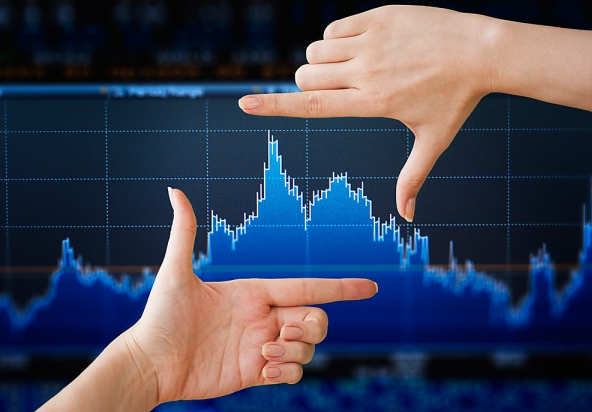 Inside the market of equities, fundamental analysis intends on measuring the true value of a company, in order to base their investment on calculations of this sort. To a certain extent, the same activity is performed in the market of retail Forex were fundamental traders evaluate different currencies and countries, along with companies and economic announcements, in order to have an idea of what’s the true value of the currency.
Inside the market of equities, fundamental analysis intends on measuring the true value of a company, in order to base their investment on calculations of this sort. To a certain extent, the same activity is performed in the market of retail Forex were fundamental traders evaluate different currencies and countries, along with companies and economic announcements, in order to have an idea of what’s the true value of the currency.
All of the economic data, political events and news reports which come out regarding a particular country are analyzed in a similar fashion to news which come out about a certain stock – they are used by investors as a way to determine value. Naturally, that value changes according to a wide array of factors such as financial strength and economic growth. Fundamental traders often look at all this type of information in order to evaluate the currency in a certain country.
Considering Forex fundamentals strategies are practically unlimited, one could easily write a few books on the subject and still have plenty to say on it afterwards. In order for you to further understand this tangible opportunities, we shall go over a situation which is among the most well-known ones – the Forex carry trade.
Breaking Down the Forex Carry Trade

Currency carry trade is a very popular strategy – a trader sells a currency which offers lower interest rates, and purchases one which offers a higher rate. Basically, you borrow at a lower rate and lend at a higher one. Traders which utilize this strategy are capable of capturing the difference between rates. As they highly leverage the trade, a small difference between various rates is capable of making the trade very profitable for them. Not only they capture capture the difference, investors often will see the value of their higher currency rise, since money is flowing into it, bidding up its value even further.
A real life example of yen carry trades which started in 1999, as Japan drastically decreased its interest rates, practically to zero. Investors would then capitalize upon such low rates, borrowing large quantities of yen which they converted into U.s. dollars, and then used to purchase U.S. Treasury bonds, which had yields and coupons at approximately 5%. As their interest rate was basically zero, investors would pay practically nothing, earning practically all of their bonds’ yield. With leverage, they could greatly increase such returns.
For instance, with 10 times leverage one would be able to get a return of 30 percent on a three percent yield. If you have $1,000 in your bank account, and can get 10 times leverage, you technically control $10,000. By implementing the carry trade as in the example above, you’d be able to earn 3% every year. By the end of the year, your investment of $10,000 would result in $10,3000 – a gain of $300. Since you’ve invested only $1,000 of your money, the real return would be of 30%, $300 out of a $1,000 investment. Naturally, this strategy will work only if the value of the currency pair does not change, or appreciates. Most carry traders in forex look to earn both the interest rate differential and the capital appreciation as well. While we have made this transaction a lot simpler, the main point is that one can gain considerable profits even with a small difference in rates, after applying leverage. Currency brokers usually need a very small margin in order to earn interest for their carry trades.
On the other hand, this transaction can be made a lot more complicated if the exchange rate between the two countries you picked change considerably. This may result in the elimination of the gain between yields. A large reason for this to happen is the fact the risks associated with high-yielding currency can be excessive for many investors, so they pick safer, lower-yielding currency. Singe carry trades tend to be longer term investments, they may experience changes like an increase in the low-yielding currency’s rates, attracting more investors and causing currency appreciation, which diminishes the carry trade’s returns. This makes the direction of the currency pair in the future an important aspect to take into account as well.
Imagine, however, that there is another crisis in Russia, like the one which happened in 1998 as the government defaulted on their dept and the currency was largely devalued as many market participants sold their currency positions. If the exchange rate by the end of year became 50 USD/RUB, 27,500 rubles would be worth only $550 USD. Since the trader owes $1,050, they’d have lost a significant amount of their original investments at that particular carry trade due to the fluctuation in the currency, even though interest rates were higher in Russia than in the U.S.
how do I work with you guys please?